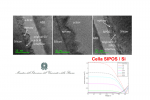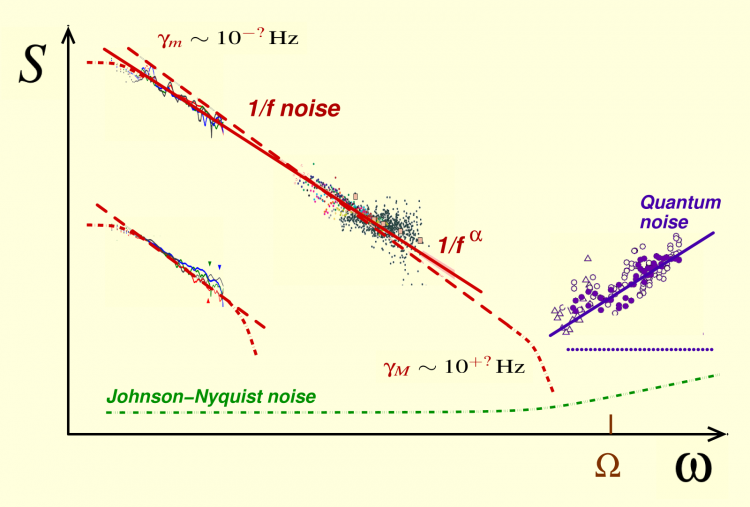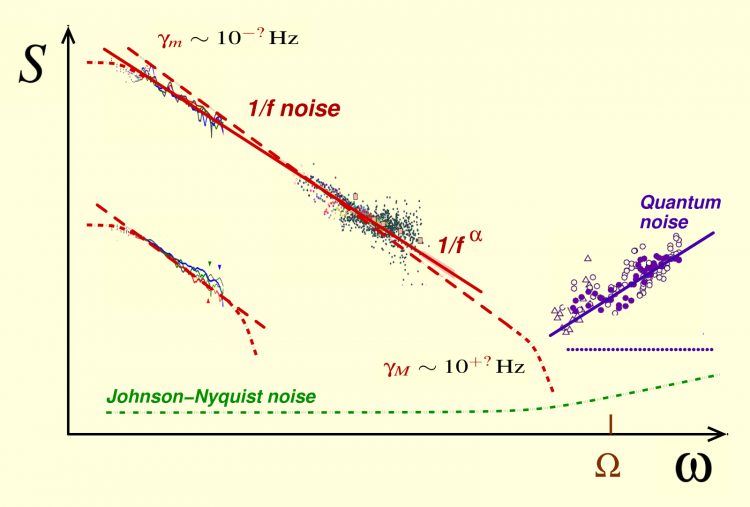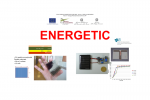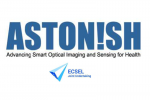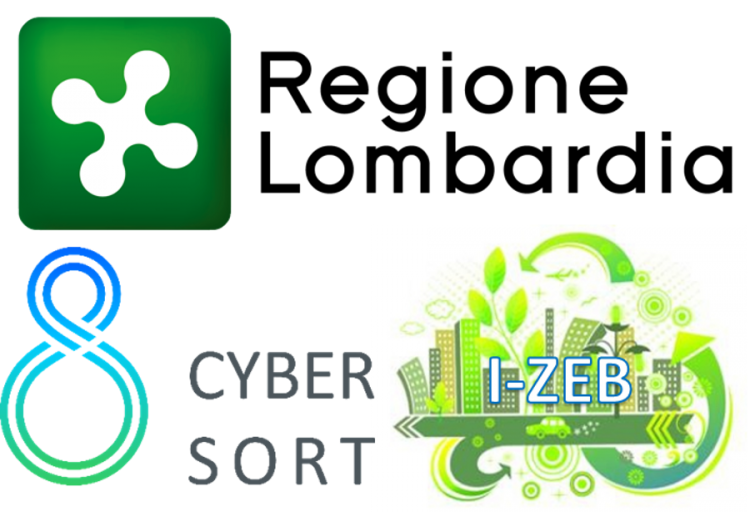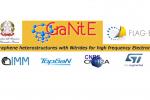Fascinating aspects of Nature that defy our intuition, such as quantum entanglement and quantum collapse, are at the basis of research conjugating fundamental physics with innovative technologies exploiting genuinely quantum behavior. Recent progresses foresight that quantum technologies are now at hand, research being conspicuously funded by public institutions and industries worldwide, as the EU FET-Flagship for the 2018-28 decade.
Nanofabricated solid-state devices provide one of the elective hardware for quantum technologies.
Our research is focused on noisy quantum networks which are paradgmatic architectures in quantum information, and more in general in fields where exploiting quantum dynamics may lead to fundamental advantages in performing certain tasks. Systems of our interest are integrated superconducting quantum architectures of artificial atoms, graphene-based nano-devices and biomemetic systems where energy harvesting, transport and conversion may reach nearly ideal efficiency, thanks to the interplay of coherence and noise.
In this context we plan to develop the following two theoretical and numerical enabling techniques.
-
New analytical and numerical techniques based on the Renormalization Group ideas to derive low-frequency effective models for noisy quantum networks
-
New techniques based on the “Wave-Function Monte Carlo” method, extended to accout for non-Markovian noise (1/f), implementing a code using GPU computing. Integrating this code with a quantum environment simulator using tensor network representation. This code will allow to study small quantum networks and address strategies of passive (optimal choice of parameters, "sweet spot") or active (closed and open loop) stabilization.
Catania Unit contact person: Elisabetta Paladino


